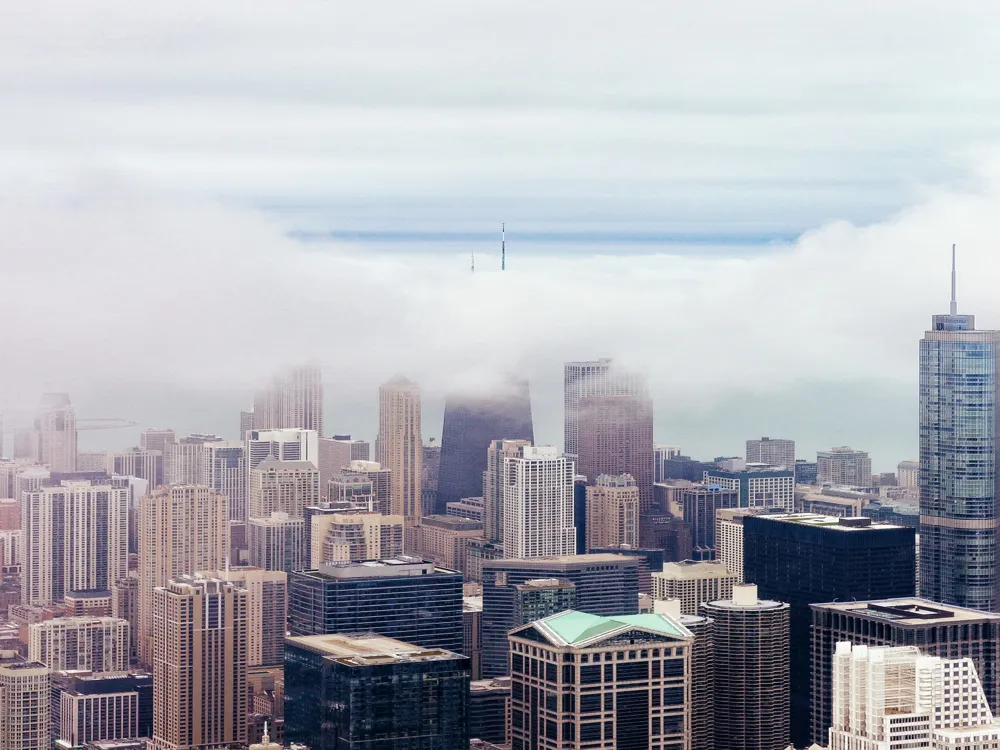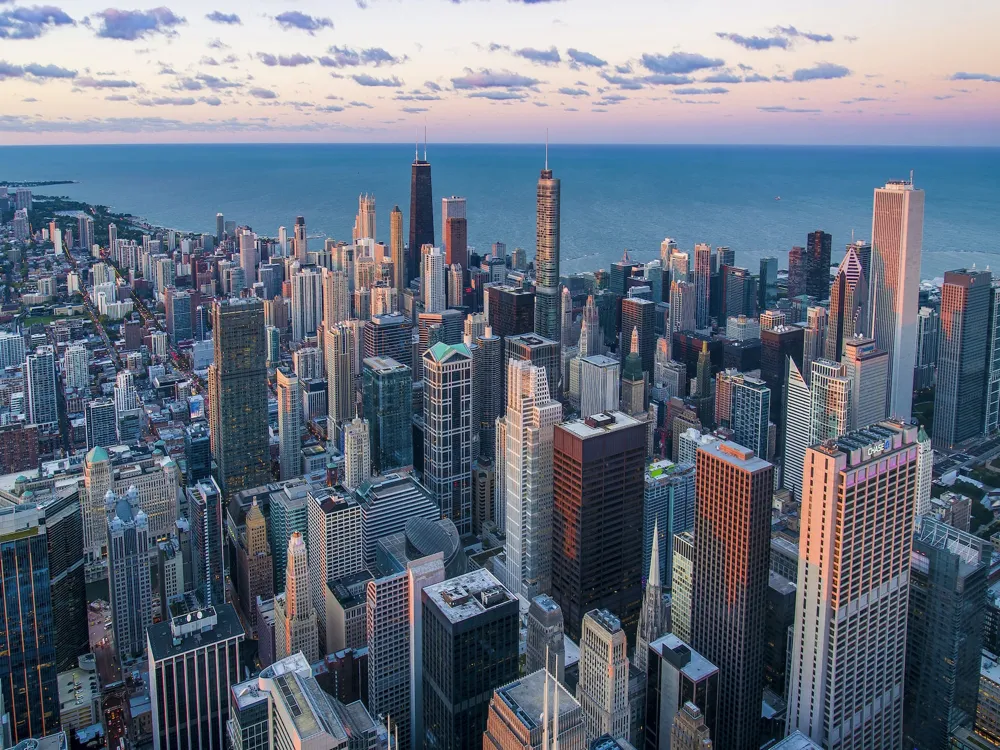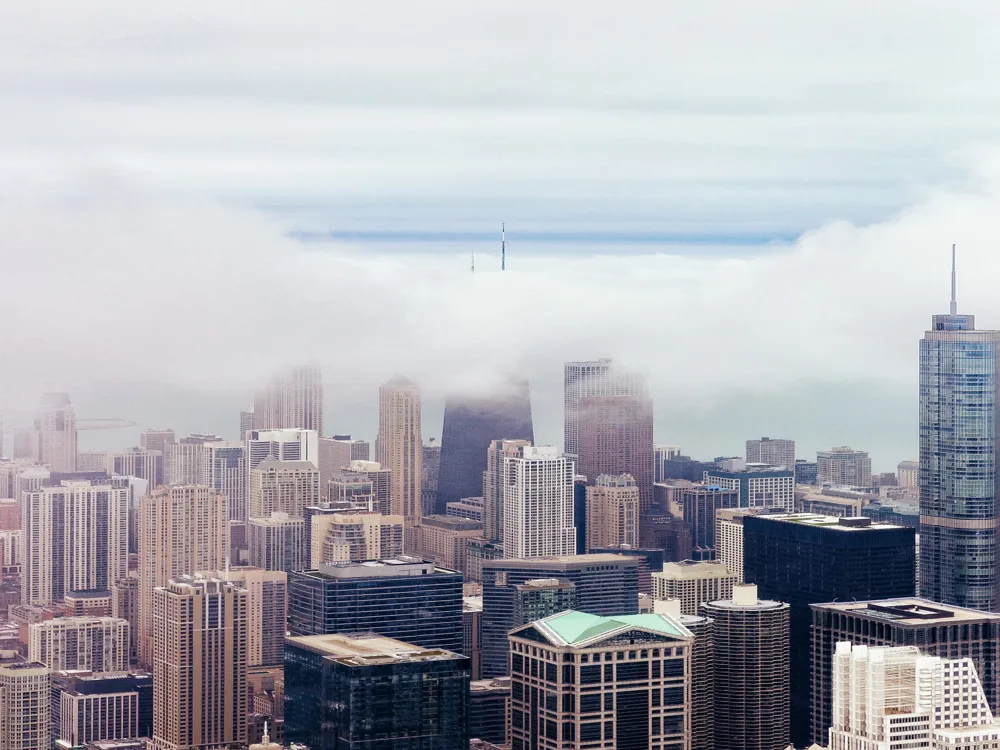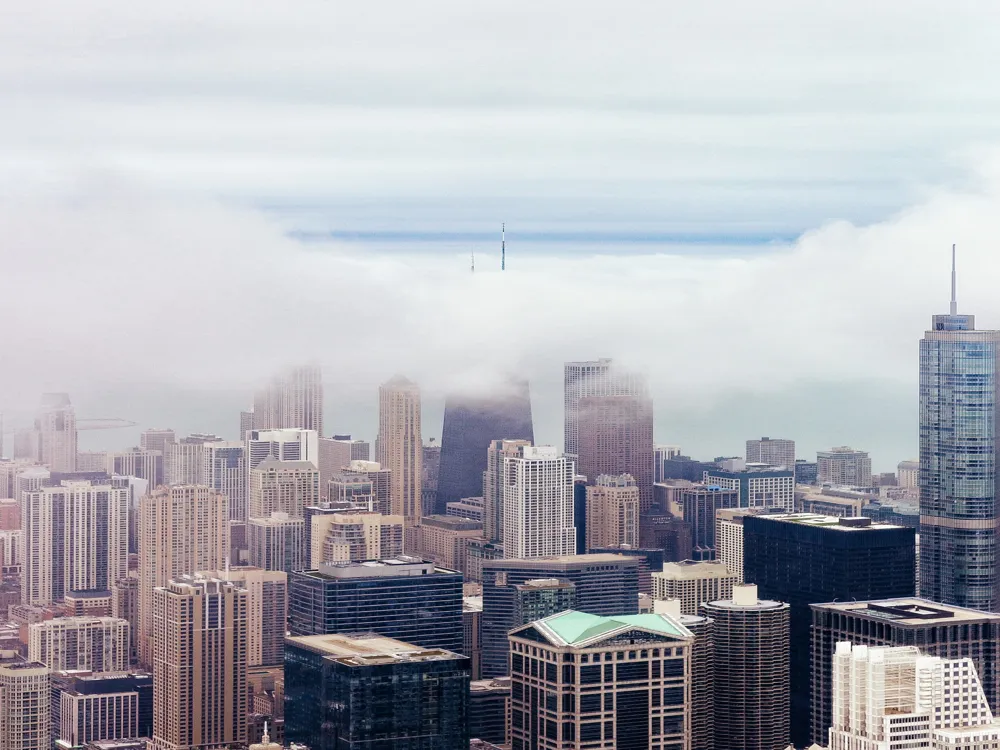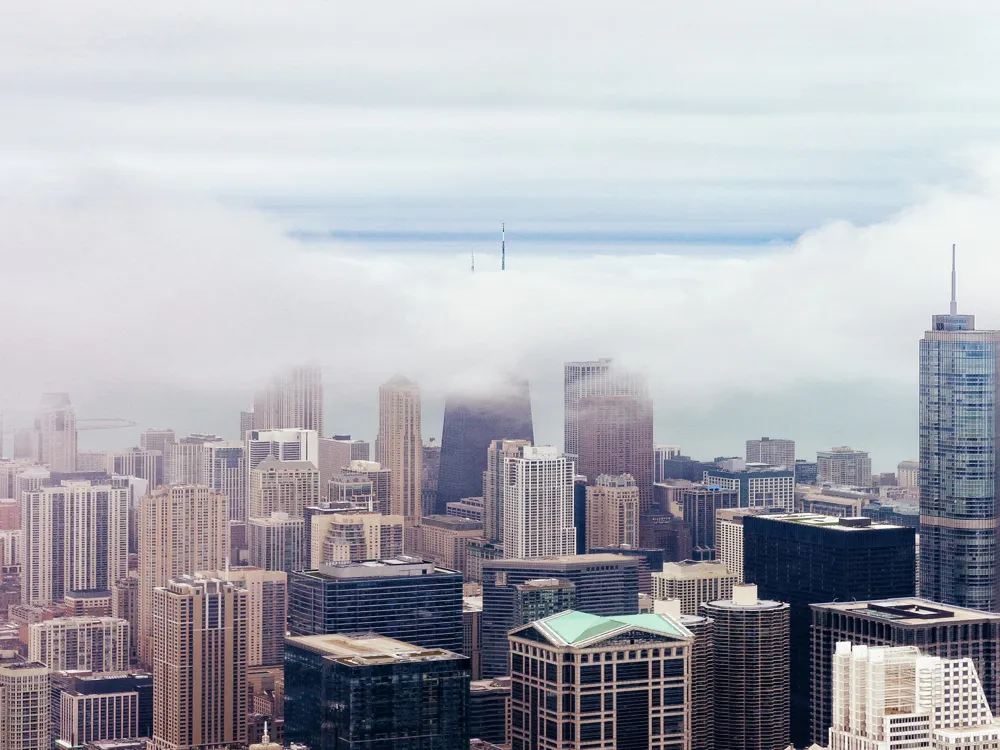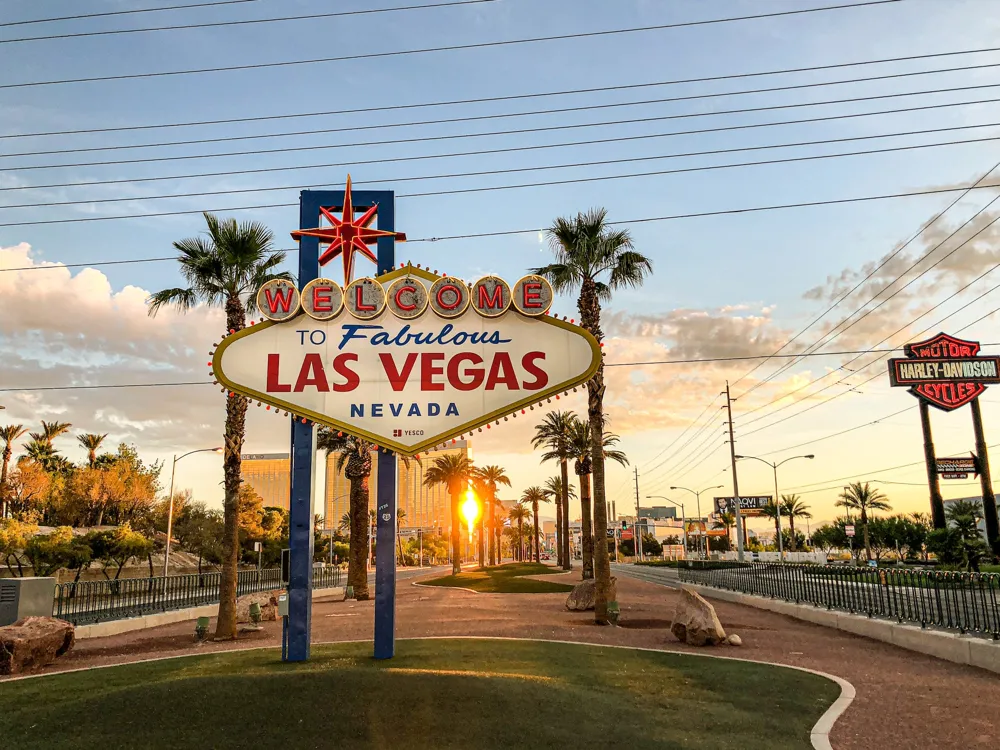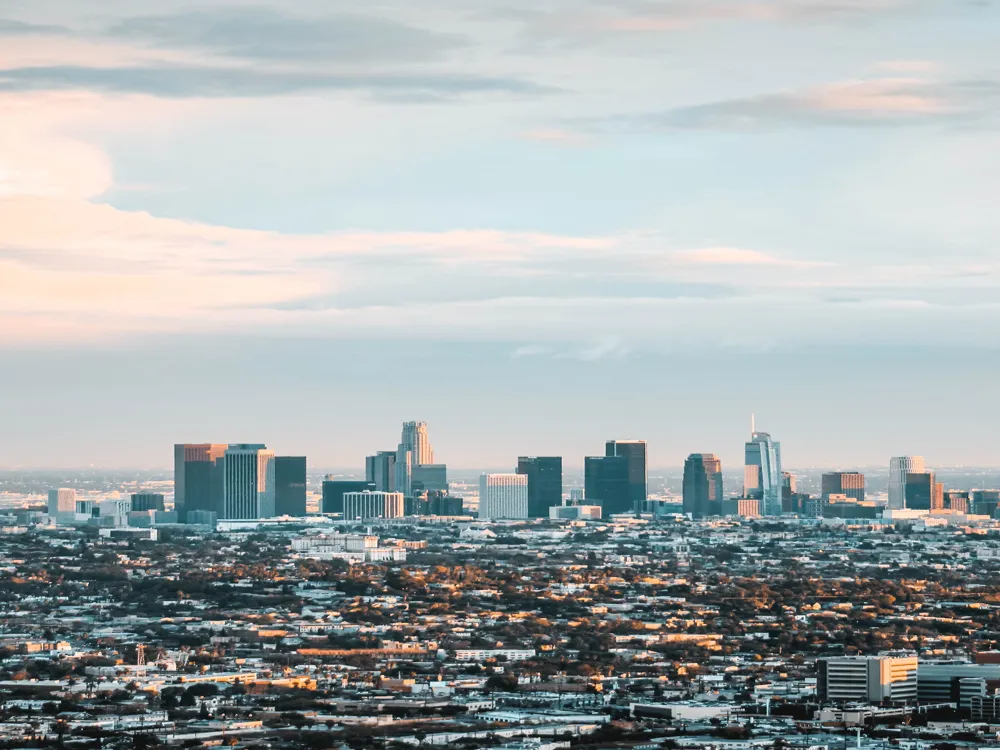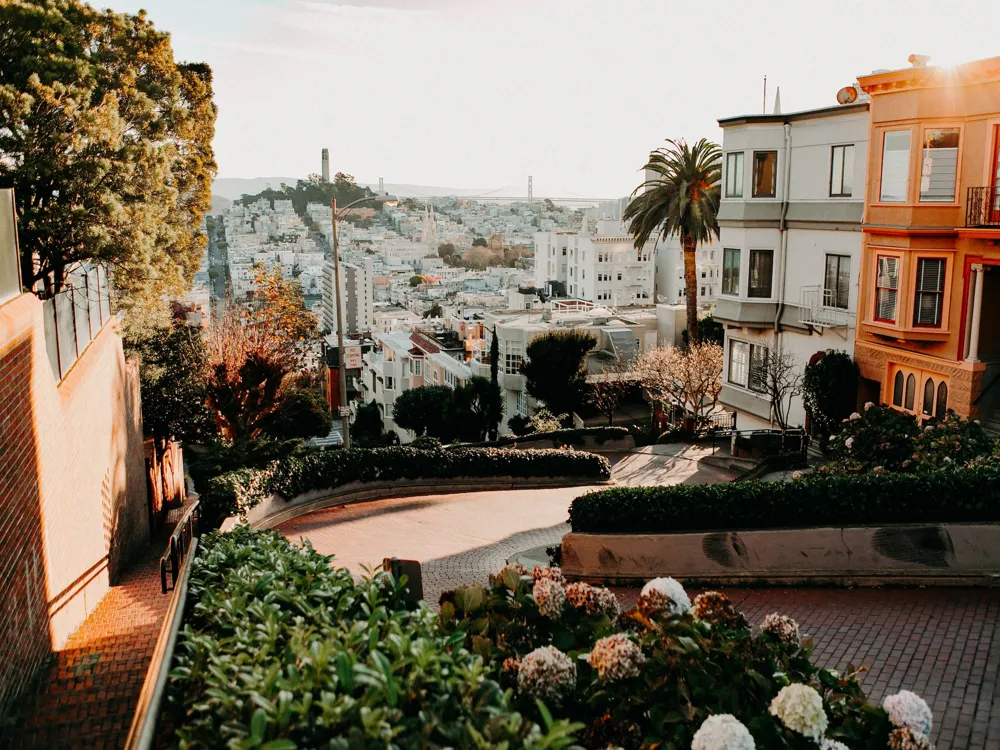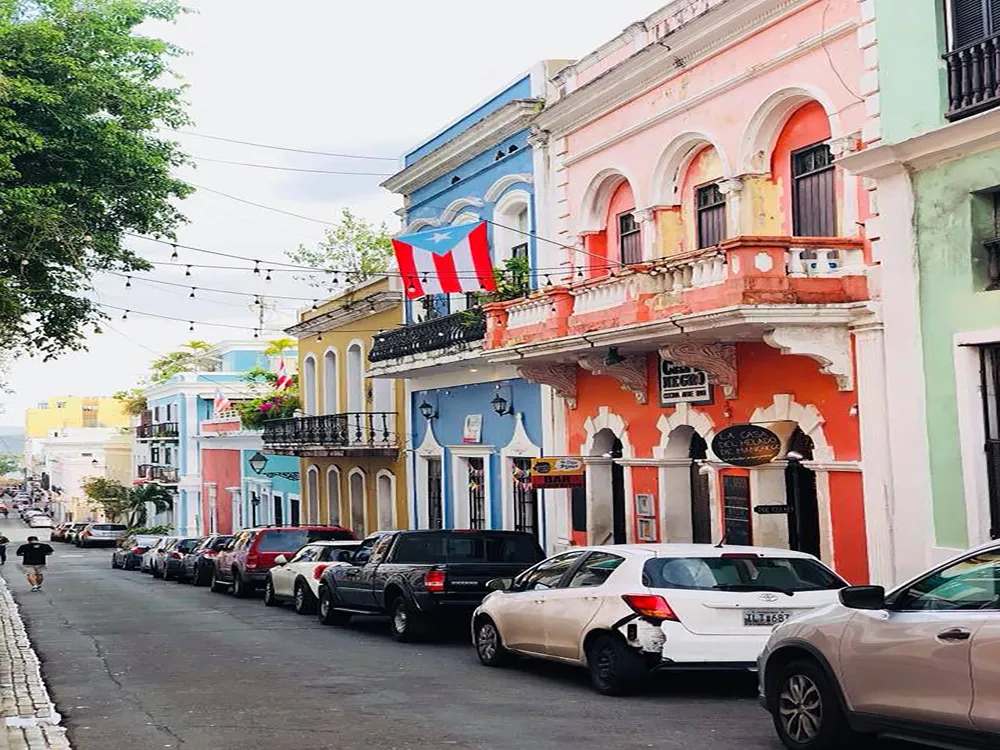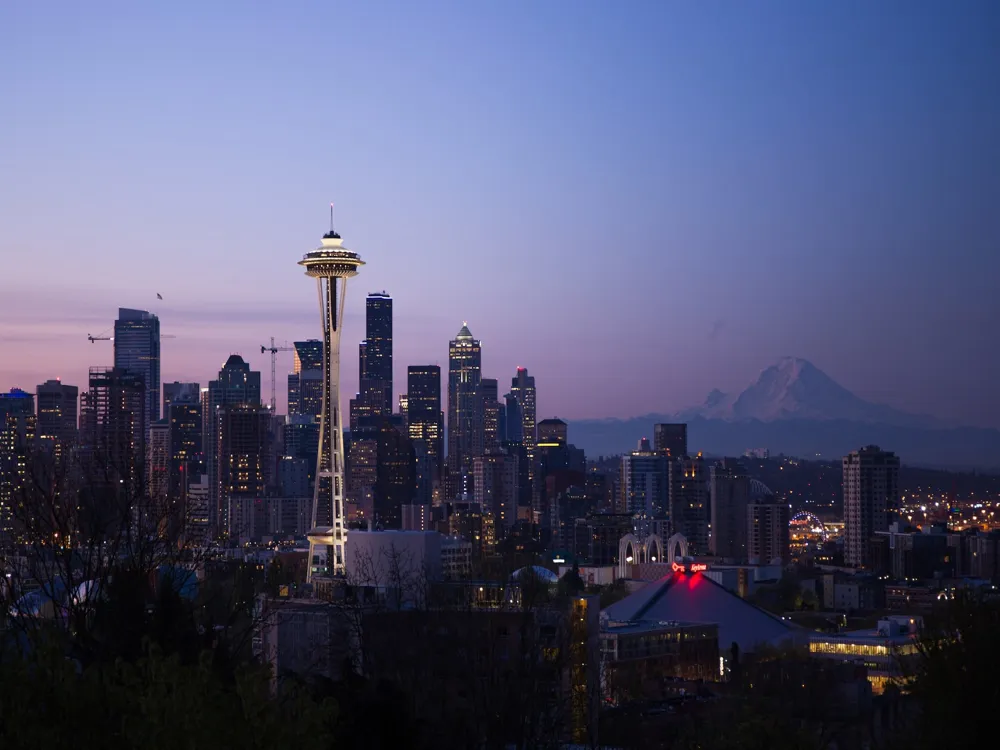Chicago, Illinois, fondly known as the 'Windy City,' stands as a beacon of urban sophistication and cultural vibrancy in the heart of the Midwest. This illustrious city, nestled along the shores of Lake Michigan, boasts a rich history that dates back to its founding in 1833. From its humble beginnings as a small settlement, Chicago rapidly grew into one of the largest cities in the United States, known for its dynamic energy, diverse population, and significant contributions to art, culture, and commerce. Today, Chicago is celebrated for its impressive skyline, dotted with architectural marvels, and its neighborhoods, each with its own unique character and history. The city's cultural tapestry is woven from threads of various ethnicities and traditions, making it a melting pot of experiences. Chicago's culinary scene is as diverse as its populace, offering everything from deep-dish pizza to Michelin-starred dining experiences. The city is also a hub for the arts, with world-class museums, theaters, and music venues that cater to a wide range of tastes and interests. Aside from its cultural and gastronomic offerings, Chicago is also renowned for its contribution to American history. It played a pivotal role in the industrial revolution, the development of the skyscraper, and has been influential in the realms of jazz, blues, and house music. Moreover, the city's sporting legacy, with legendary teams like the Chicago Bulls and the Chicago Cubs, continues to be a source of pride and excitement for locals and visitors alike. In this comprehensive guide, we will delve deeper into the many facets of Chicago, exploring its magnificent architecture, providing useful tips for visiting, and guiding you on how to best reach this iconic city. Whether you're a first-time visitor or a seasoned traveler, Chicago's charm and energy are bound to captivate and inspire you. Chicago's architecture is a testament to the city's innovation, resilience, and artistic flair. The city's architectural journey began in the aftermath of the Great Chicago Fire of 1871, which destroyed a vast portion of the city. This calamity, however, gave birth to a new era of architectural innovation, as the city rebuilt itself from the ashes. The result was a bold, new architectural style that would come to define Chicago's cityscape. The Chicago School of Architecture, pioneered by architects like Louis Sullivan and Dankmar Adler, introduced the world to the concept of the skyscraper. Utilizing steel-frame construction and large plate glass windows, these early skyscrapers transformed not only the skyline of Chicago but also the future of urban architecture. The Reliance Building and the Carson, Pirie, Scott and Company Building are prime examples of this style, characterized by their emphasis on height, light, and functional design. The turn of the 20th century saw the rise of the Prairie School, led by the renowned architect Frank Lloyd Wright. This movement sought to create a distinctly American architectural style that was in harmony with the natural environment. Wright's Robie House, with its horizontal lines and integration with the surrounding landscape, exemplifies this philosophy. In the mid-20th century, Chicago's architectural ambition continued to soar with the construction of iconic structures like the Willis Tower (formerly the Sears Tower) and the John Hancock Center. These skyscrapers not only pushed the boundaries of height but also introduced innovative design and engineering techniques. The Willis Tower's bundled-tube structure and the Hancock Center's trussed-tube design are both marvels of modern engineering and have influenced skyscraper design worldwide. Contemporary Chicago continues to be a playground for architectural innovation, with buildings like the Aqua Tower by Jeanne Gang and the Millennium Park, which includes the Cloud Gate sculpture (popularly known as 'The Bean') by Anish Kapoor. These modern structures blend functionality with artistic expression, showcasing Chicago's ongoing commitment to architectural excellence. Exploring Chicago's architecture is like walking through a living museum of building design, each structure telling its own story of the city's evolution and ambition. From the early skyscrapers of the Chicago School to the avant-garde designs of the 21st century, Chicago's architectural legacy is a chronicle of innovation, resilience, and beauty. Chicago's charm shines brightest from late spring to early fall, with mild temperatures and numerous festivals. However, winter also offers its own allure with sparkling holiday lights and fewer tourists. Chicago's public transportation system, including the 'L' train and buses, is an efficient and affordable way to explore the city. Taxis and ride-sharing services are also readily available. Don't miss iconic spots like The Art Institute of Chicago, Millennium Park, Navy Pier, and the Willis Tower Skydeck. Each offers a unique perspective of the city. Savor Chicago's famous deep-dish pizza, hot dogs, and Italian beef sandwiches. Explore diverse neighborhoods for a taste of the city's global culinary scene. Chicagoans are known for their Midwestern friendliness. Basic courtesy and respect for the city's diverse cultures will enhance your experience. Chicago is easily accessible by various modes of transportation. O'Hare International Airport, one of the busiest in the world, and Midway International Airport serve numerous domestic and international flights daily. For those preferring ground travel, Chicago is a major hub for Amtrak and has an extensive network of interstate highways for car travel. Additionally, bus services like Greyhound and Megabus offer convenient and affordable options for reaching the city.Overview of Chicago, Illinois
Architecture of Chicago
Tips When Visiting Chicago
Best Time to Visit
Getting Around the City
Must-Visit Attractions
Local Cuisine
Cultural Etiquette
How To Reach Chicago
Smart Museum of Art
Chicago
Illinois
NaN onwards
View chicago Packages
Weather :
Tags : Museum
Address : 5550 S Greenwood Avenue, Chicago, IL 60637, USA
Entry Fee : Free
Open Hours : Thursday to Sunday- 11:00 am to 4:00 pm
Wheelchair : accessible ( west gate)
Public Transportation : Red/ Green line to Garfield Boulevard, connecting bus #55 to Ellis Avenue
Parking : Parking available in the University’s Campus North Parking Garage, and metered and accessible parking spaces in the Young parking lot.
Popular Exhibits : Claudia Weiser: Generation ( 2020)
Planning a Trip? Ask Your Question
Chicago Travel Packages
View All Packages For Chicago
Top Hotel Collections for Chicago

Private Pool

Luxury Hotels

5-Star Hotels

Pet Friendly
Top Hotels Near Chicago
Other Top Ranking Places In Chicago
View All Places To Visit In chicago
View chicago Packages
Weather :
Tags : Museum
Address : 5550 S Greenwood Avenue, Chicago, IL 60637, USA
Entry Fee : Free
Open Hours : Thursday to Sunday- 11:00 am to 4:00 pm
Wheelchair : accessible ( west gate)
Public Transportation : Red/ Green line to Garfield Boulevard, connecting bus #55 to Ellis Avenue
Parking : Parking available in the University’s Campus North Parking Garage, and metered and accessible parking spaces in the Young parking lot.
Popular Exhibits : Claudia Weiser: Generation ( 2020)
Planning a Trip? Ask Your Question
Chicago Travel Packages
View All Packages For Chicago
Top Hotel Collections for Chicago

Private Pool

Luxury Hotels

5-Star Hotels

Pet Friendly







